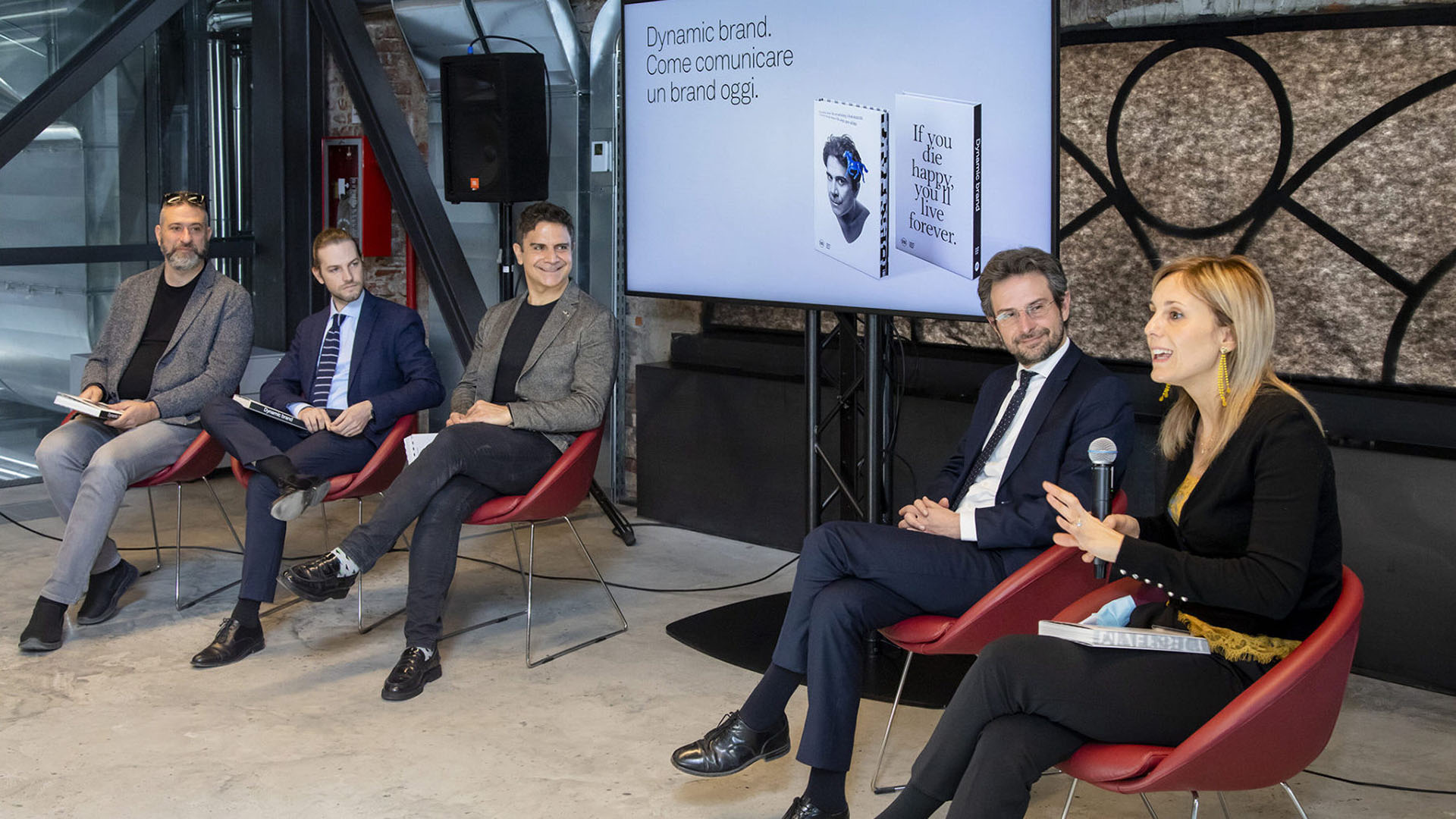The Olivetti Design Contest digital format becomes a book testifying to the immortality of Olivetti’s way of thinking and style.
Being able to tell Olivetti’s cultural heritage is always an opportunity to spread the values of such an important and complex company, which cannot be presented without its social, political and historical references. This is why the book Caleidoscopio Olivetti, published by Allemandi, has just been released in bookstores.
The collection, edited by Gaetano di Tondo, Olivetti’s Director of Communications and External Relations and President of the Olivetti Historical Archive, and by Professor Pier Paolo Peruccio, Architecture and Design Department of Turin’s Politecnico and World Design Organization board member, brings together 39 contributions from leading names including designers, architects, journalists, researchers, entrepreneurs and managers, sharing a profound knowledge of Olivetti’s way of thinking and style.
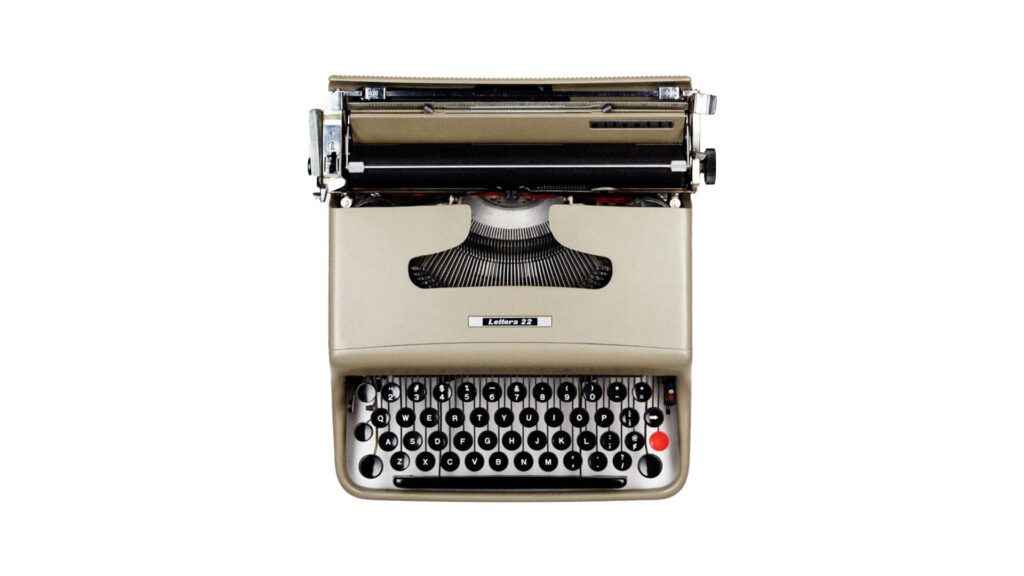
The book faithfully retraces the eleven rounds of the “Olivetti Design Talks” format, which over a year have helped to position Olivetti in the contemporary world and once again as a leading and innovative company that has built a unique path in the world: combining the concept of productivity with that of community and aesthetics.
Olivetti Design Talks created a significant model in line with the path of digital enhancement of archival heritage that has given way to subsequent phygital initiatives such as the event at La Rinascente in Turin and the one in the prestigious Italian Pavilion at Expo 2020 Dubai.
One of the most significant contributions – in support of the book’s main aim, to position Olivetti as a company that exists for the benefit of the community – is that of Emanuele Cappelli (Designer and CEO of Cappelli Identity Design), who speaking of the Letter22 typewriter as a special object, he lists it as an iconic product for the world of design because of two principles of primary importance: portability and usability. Born in the historical period of the post-war economic boom, it anticipates the arrival of the “liquid society” theorised by Zygmunt Bauman precisely because of its ability to anticipate the times, continually adapting to the needs of the changing times.
It can be said that the role of a designer within a corporate context has to put emphasis on people and their needs. Creativity is at their disposal and – as Gaetano di Tondo (VP, Institutional & External Relations Director Olivetti) has stated in the book’s introduction – it’s a daily commitment, a complex interaction. Translating this historical experience into active forms of young entrepreneurship means first of all creating opportunities to learn about the history of a territory and to interact with historical sources according to an interdisciplinary approach.
Published contributions include the names of:
Chiara Alessi, Daniele Boltri, Lucia Borromeo, Michele Cafarelli, Antonio Calabrò, Emanuele Cappelli, Alessandro Colombo, Beniamino De’liguori Carino, Andrea Dotti, Luciano Galimberti, Lala Hu, Enrico Loccioni, Giuseppe Lupo, Antonio Macchi Cassia, Pierantonio Macola, Davide Maffei, Walter Mariotti, Stefano Mirti, Carlo Olmo, Antonio Pace, Patrizia Paglia, Marco Peroni, Pierpaolo Perotto, Giuseppe Rao, Guido Saracco, Maria Alessandra Segantini, Stefano Sertoli, Srini Srinivasan, Marco Succio, Matteo Taglienti, Elena Testa, Carlo Torchio, Matilde Trevisani, Clino Trini Castelli, Roberto Tundo, Paolo Verri, Carlo Vinti, Jan-Christoph Zoels, Cino Zucchi.
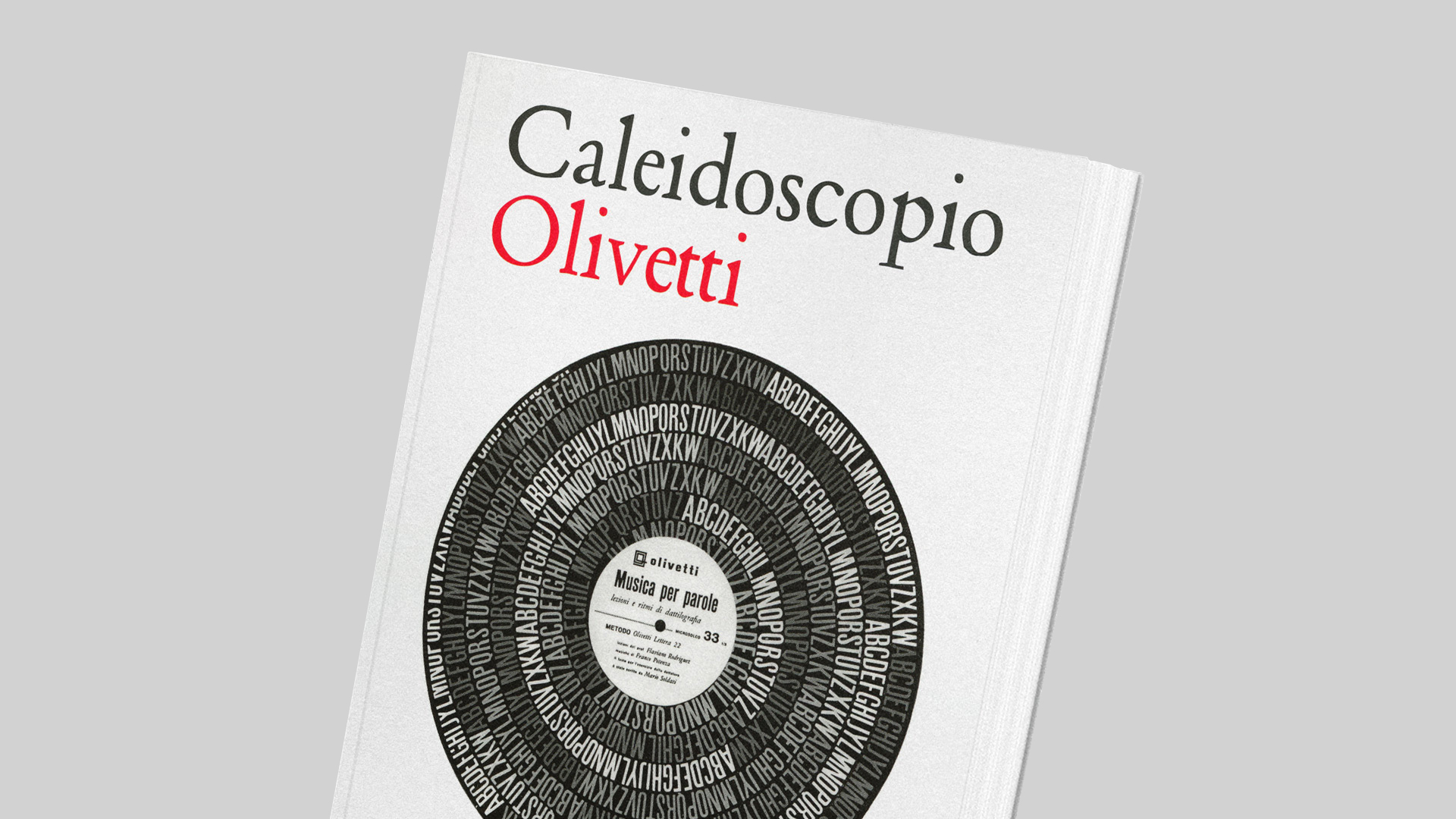


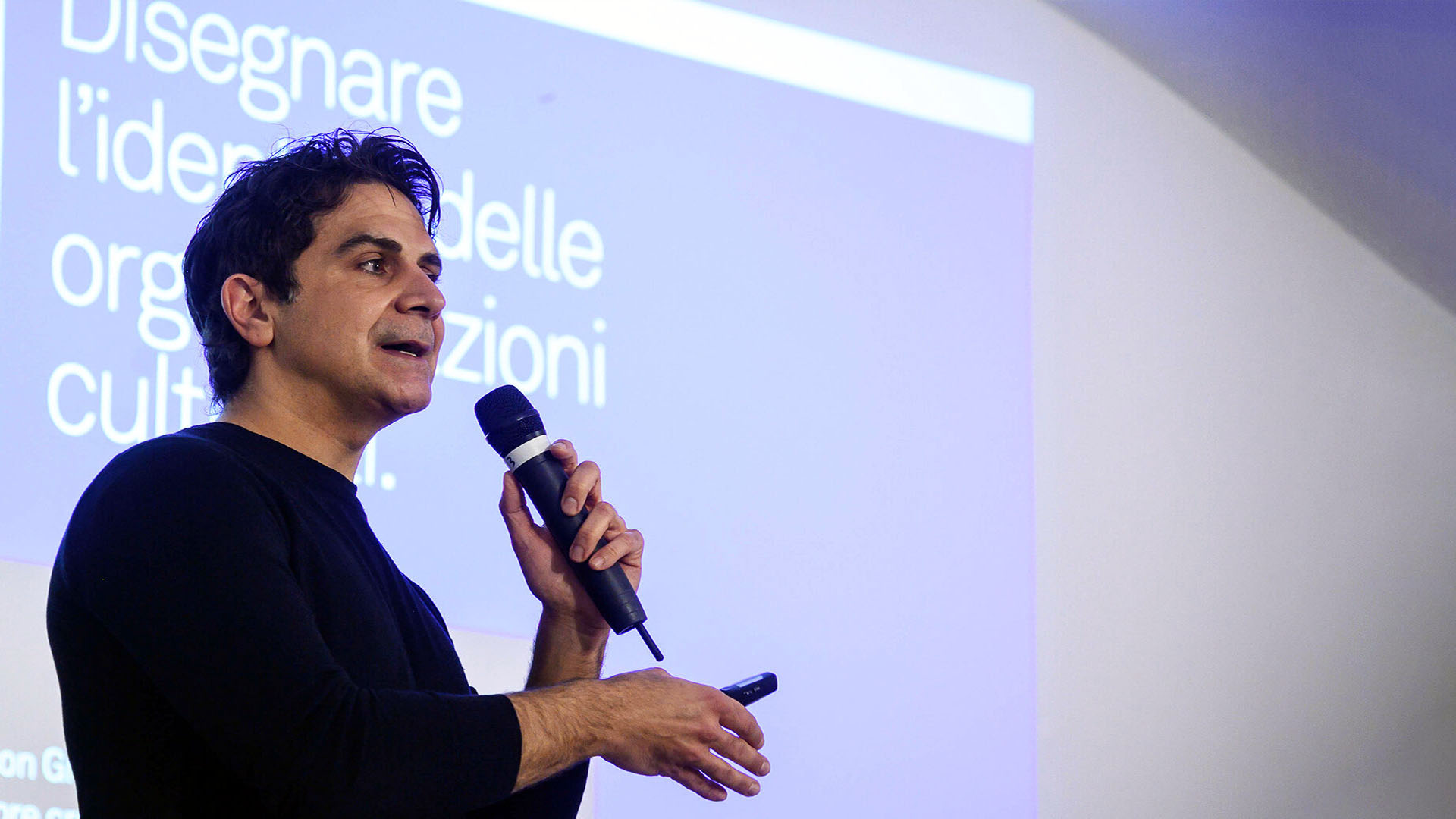
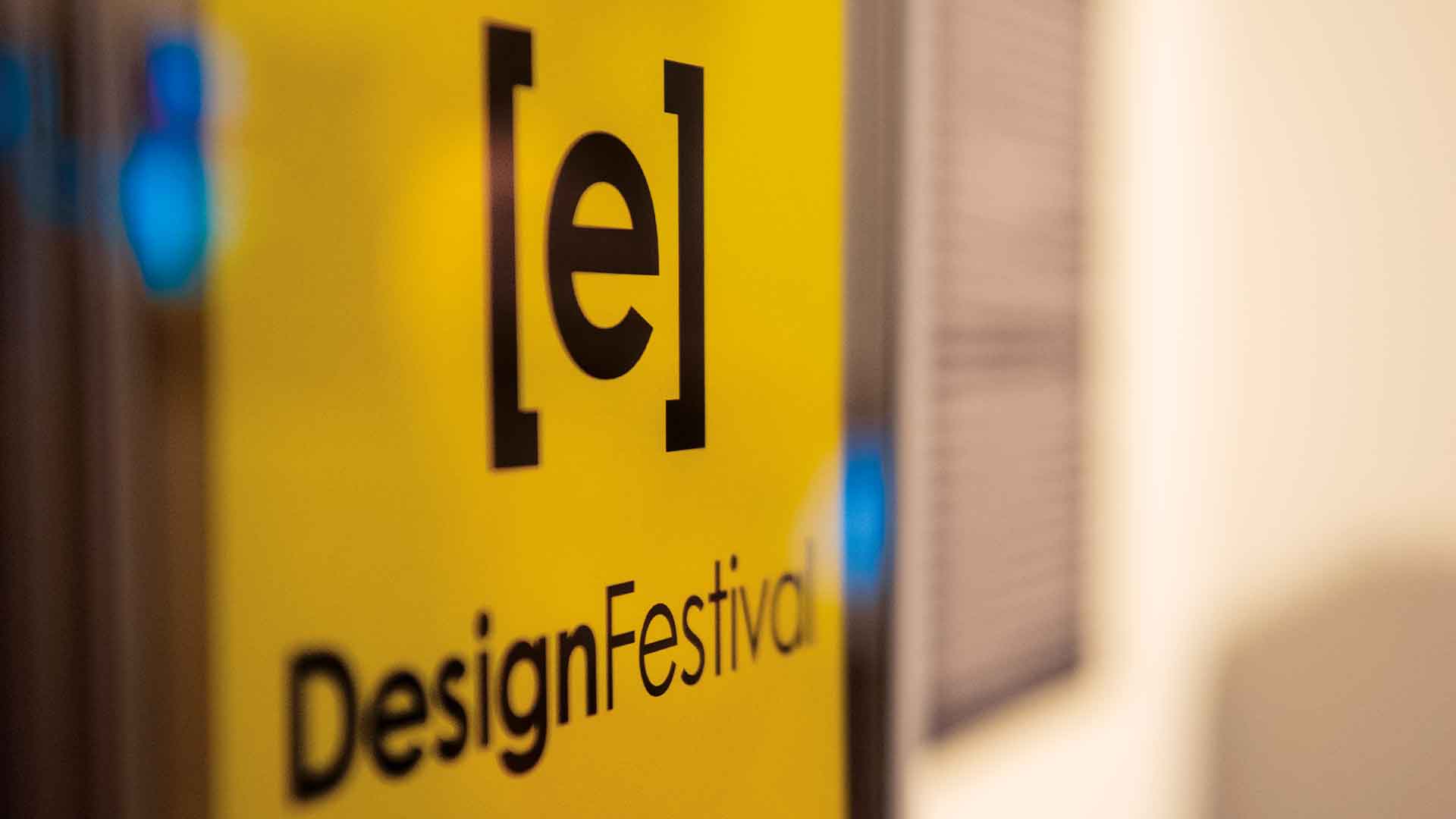
![[E]Design Festival Treviso Talk Zanino Cappelli](https://www.cappellidesign.com/wp-content/uploads/2021/10/1-edesign-festival-treviso-zanino-cappelli.jpg)
